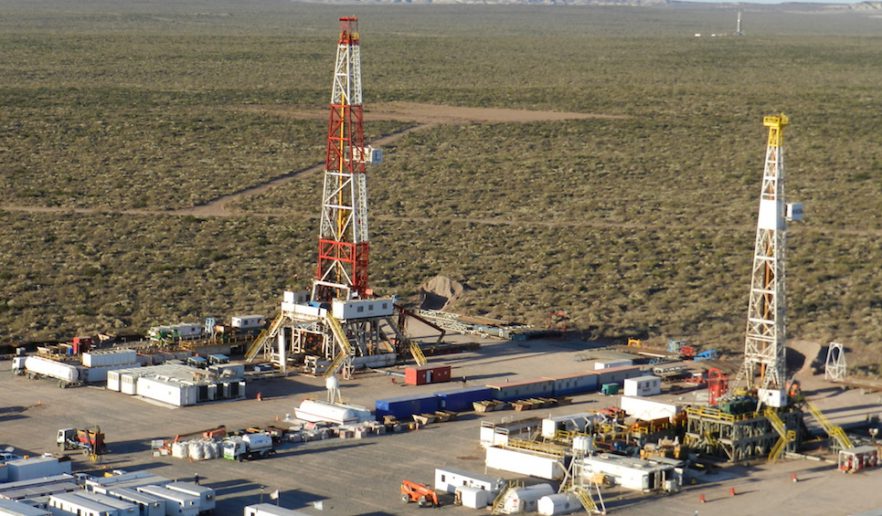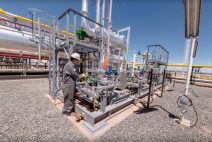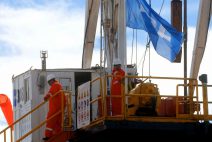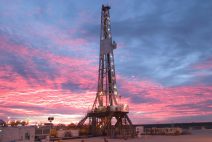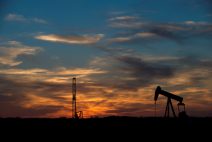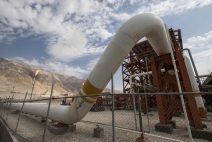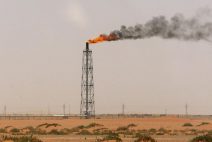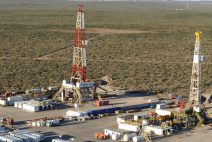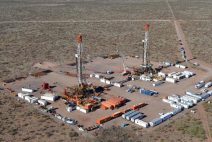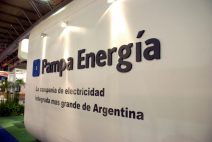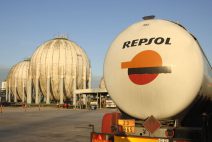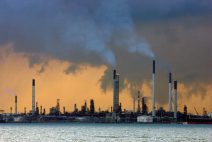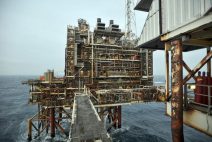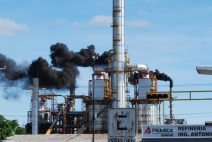Leveraging the colossal unconventional hydrocarbon formation of Vaca Muerta, Argentina has managed to regain a surplus in its energy balance this year, while dreaming of a major export boom and projecting billion-dollar investments to achieve it.
Except for 2020—an unusual year due to the effects of the pandemic—Argentina has recorded an energy trade deficit since 2011, a heavy burden on its struggling economy.
However, according to official data, the country accumulated a positive balance of $3.157 billion in the first eight months of this year. According to official and private projections, Argentina could end 2024 with a surplus between $5 billion and $6 billion.
“The turnaround in the fuel trade balance is due to a rise in exports and a significant drop in imports,” Luciano Codeseira, executive director of Gas Transition Consultant, told EFE.
Exports of crude oil, gas, and other energy products grew by 25.5% year-on-year in the first eight months of the year, reaching $6.407 billion, while imports plummeted by 47.5%, down to $3.250 billion.
“The change is structural and will continue growing in the coming years. The key will be investment in new infrastructure and the development of export markets. Imports are also expected to keep declining,” Codeseira added.
The driving force behind this change is Vaca Muerta, located in southwest Argentina. It holds the second-largest unconventional gas reserve and the fourth-largest oil reserve of this type globally. Exploration began there in 2013, led by YPF, the state-controlled oil company, and it has since attracted $50 billion in investments for its development.
A decade later, production is at record levels, allowing Argentina not only to significantly reduce its seasonal need for gas imports but also to generate growing surpluses of exportable hydrocarbons.
Vaca Muerta, where companies such as Shell, ExxonMobil, Chevron, Total, Wintershall, PAE, Pluspetrol, and Pampa Energía also operate, now accounts for 52% of Argentina’s oil production and 60% of its gas production.
Recent pipeline expansions have increased transportation and export capacity.
Argentina exports natural gas to Chile and will soon export to Brazil through the same network that was previously used to import gas from Bolivia. Its main crude oil buyers are the United States, Chile, and Brazil.
“The economics of crude oil export projects are very positive. With current prices, Vaca Muerta’s profitability is very high. And the resource is vast—there’s plenty to extract and export,” Nicolás Gadano, chief economist at Empiria Consultores and an academic expert in the energy sector, told EFE.
The expansion of the Oldelval pipeline and the construction of the Vaca Muerta Sur pipeline are expected to result in a significant boost in crude oil exports. Meanwhile, the multibillion-dollar project led by YPF to produce and export liquefied natural gas (LNG) could make Argentina the world’s fifth-largest supplier of the fuel by 2030.
“The future is very promising, with a sector solidified as a major exporter, primarily centered on oil. Even if Argentina’s macroeconomic conditions remain weak, the sector will still grow. But if the macroeconomy stabilizes, it will grow tremendously. The only serious threat is the volatility of international prices,” Gadano noted.
According to industry projections, Argentina’s energy surplus could reach between $7.5 billion and $13 billion by 2025, while exports could rise to $30 billion by 2030.
